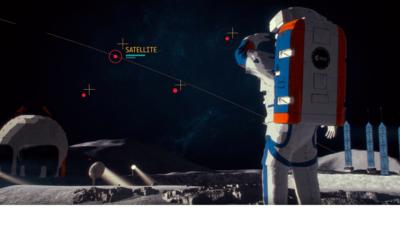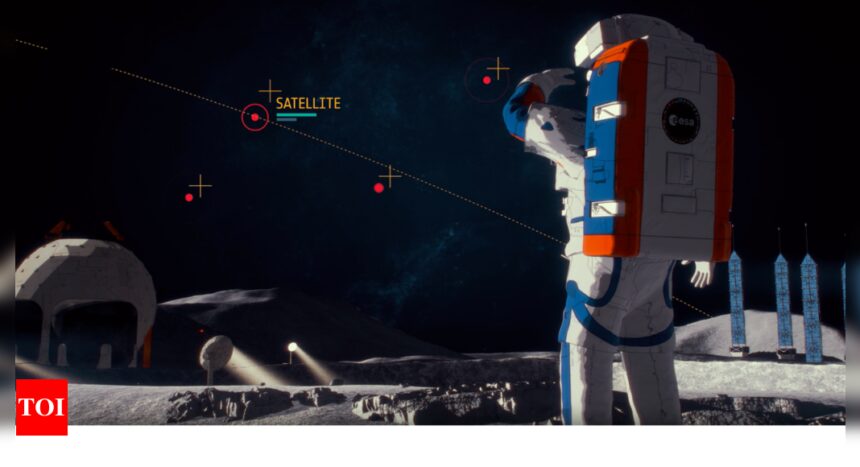
The European Space Agency(ESA) achieved a remarkable feat by launching its Moonlight Programme, which will establish Europe’s first-ever dedicated satellite constellation for telecommunication and navigation services for the Moon.
The Moonlight Lunar Communications and Navigation Services (LCNS) programme is a collaborative effort by ESA and an industry consortium led by Telespazio, with support from the UK and Italian Space Agencies.
It will work to help in providing data transfer between Earth and the Moon, autonomous landing and surface mobility capabilities, along with high-speed and low-latency communication. It will be of crucial use for humanity’s return to the Moon and its sustained presence there, while also improving efficiency and significantly lowering operational and user costs.
This programme is a crucial step towards sustainable lunar exploration and the development of a lunar economy, with more than 400 lunar missions already planned by space agencies and private companies in the next twenty years.
Josef Aschbacher, ESA Director General said, “ESA is taking the crucial step in supporting the future commercial lunar market, as well as ongoing and future lunar missions. We are extremely proud to be working with industry and Member States to ensure that our technological capabilities can support and foster cooperation on the Moon with our international partners.”
Moonlight will consist of a constellation of five lunar satellites: one for high-data-rate communications and four for navigation, that will be carried and transported from Earth’s orbit to the Moon by a space tug. It will form a data network covering a distance of up to 400,000 km to link Earth through three dedicated ground stations.
The Moonlight LCNS satellites will be strategically positioned to prioritise coverage of the lunar south pole, an area suitable for future operations due to its advantageous terrain. This includes elevated areas or “peaks of eternal light” – ideal for solar power – and “craters of eternal darkness” containing polar ice – a potential source of water, oxygen and rocket fuel.
Lunar Pathfinder which is a communications relay satellite, is the first step in this ambitious programme set to begin operating in 2026. It will gradually be followed by Moonlight services, with initial operations expected by the end of 2028 and full operations by 2030.
Moonlight, in adherence with LunaNet’s standards, will undergo the first-ever lunar navigation interoperability tests in 2029.
Further, this programme will be beneficial to enhance the understanding of how other planets perform in environments different from Earth.







